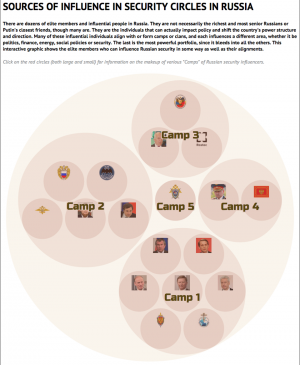Does not include Appendixes.
FormatFile SizeNotes
Research Questions
Is special warfare relevant to today's conflicts?
How should special warfare campaigns be designed?
What capabilities are necessary to successfully conduct special warfare campaigns?
What are the strategic advantages and risks of employing special warfare?
Hybrid irregular and conventional military operations are playing an increasingly prominent role in international conflict, exploited by countries such as Russia and Iran. The United States requires new approaches for exerting influence, filling the "missing middle" — between the limitations of distant strike and the costly, indefinite commitment of conventional forces — to counter these increasing threats. Special warfare provides policymakers with an additional option that can help secure U.S. interests and manage risks. These campaigns stabilize a friendly state or destabilize a hostile regime by operating through and with local state or nonstate partners, rather than through unilateral U.S. action. Currently, there is no shared understanding of how special warfare campaigns should be designed and executed. This RAND study sought to fill this gap by (1) adapting conventional operational art to the unique characteristics of special warfare, (2) identifying the strategic advantages and risks associated with special warfare, (3) exploring how special warfare campaigns could be used to address challenges identified in strategic guidance, and (4) proposing a framework for military and civilian leaders to design and execute these campaigns. The research indicates that the U.S. Department of Defense should strengthen its special warfare planning capacity and culture, implement institutional reforms to facilitate unified action among relevant U.S. government agencies, and develop enhanced influence capabilities. An accompanying appendix volume provides additional context to supplement the analyses presented in this report.
Key Findings
Special Warfare Campaigns Call on Capabilities Across the Joint Force and U.S. Government to Advance U.S. Policy Objectives
Special warfare campaigns have a distinctive focus that could include stabilizing or destabilizing a targeted regime, employing local partners as the main campaign effort, and maintaining a small U.S. footprint in the targeted country. They also may employ political warfare methods to mobilize, neutralize, or integrate individuals or groups from the tactical to the strategic levels.
Special warfare campaigns are typically of long duration and may require extensive preparatory work better measured in months (or years) than in days.
Special warfare campaigns require intensive interagency cooperation. For example, the U.S. Department of Defense may be subordinate to the U.S. Department of State or the Central Intelligence Agency.
There Is a Need to Adapt Conventional Operational Art to the Unique Characteristics of Special Warfare
Commanders and planners must be proficient in all relevant forms of operational art, including special warfare, if they are to design successful campaigns across the full range of military operations in modern conflicts.
Keeping special warfare within the joint operational art construct will enable collaboration between special operations and conventional forces; the principles of operational art connect tactical actions and strategic objectives by supporting the design of successful campaigns.
Special warfare makes a unique contribution to operational art in terms of the mobilization of partners' strategic and operational centers of gravity, and the neutralization or integration of the enemy's, in the human domain.
Recommendations
There should be a joint effort to educate special warfare campaign planners as a way of strengthening special warfare strategic and operational planning capabilities. At the same time, because special warfare campaigns are inherently joint efforts, the special warfare community should help joint organizations develop a special warfare planning culture.
Special warfare commanders and planners should help policymakers explore the implications of particular strategic objectives. Policymakers, in turn, should strive to provide clear policy guidance to inform the development of campaign plans.
The special operations community should consider establishing a general officer–level operational headquarters element as a way to remedy the current ad hoc command-and-control architecture that has inhibited special warfare commanders' ability to participate in theater-level planning.








